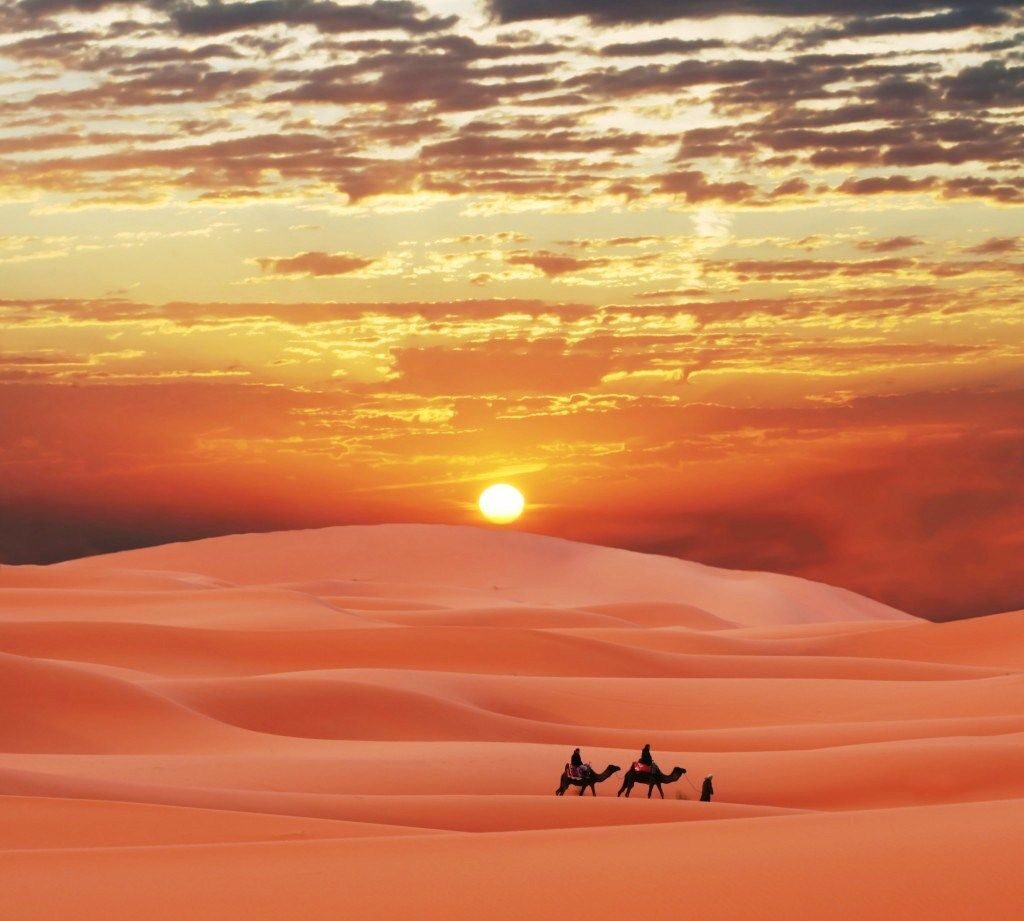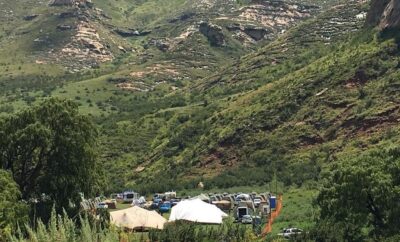Discovering the Vast Beauty of the Sahara Desert
Introduction: Welcome to the Sahara, the world’s largest hot desert, renowned for its majestic dunes, diverse ecosystems, and the cultures that have thrived here for millennia. Spanning across several countries in North Africa, the Sahara is as rich in history as it is in landscape variety.
Section 1: The Geography of the Sahara
- Size and Location: Covering approximately 9 million square kilometers, the Sahara stretches across 11 countries, from the Red Sea to the outskirts of the Atlantic Ocean.
- Climate and Weather Patterns: Characterized by minimal rainfall, extreme temperature fluctuations, and prevailing winds that can reshape the landscape overnight.
Section 2: Flora and Fauna
- Survival Against the Odds: Despite its harsh conditions, the Sahara hosts a variety of life forms. Discuss resilient flora like the date palm and acacia and fauna such as the fennec fox, Saharan silver ant, and dromedary camel.
- Adaptations to Extreme Environment: Highlight the unique adaptations that allow these species to thrive in low-water conditions and extreme heat.
Section 3: Cultural Significance
- Historical Overview: Explore the Sahara’s rich history, from ancient Egyptian rule to Arab conquerors and the trade routes that connected it with Europe and Asia.
- Modern-Day Inhabitants: Introduce some modern-day nomadic tribes, such as the Tuareg and Berbers, discussing their traditional lifestyles, crafts, and how modernization has impacted their culture.
Section 4: Challenges and Conservation
- Environmental Concerns: Address the issues of climate change, desertification, and the overexploitation of resources like phosphate mining.
- Conservation Efforts: Discuss international and local efforts to preserve the Sahara’s unique ecosystems and cultural heritage.
Conclusion: The Sahara Desert remains one of the planet’s most extraordinary natural wonders, offering invaluable lessons in ecological and cultural endurance. It inspires explorers, scientists, and artists and calls for continued efforts to understand and preserve this unique environment.



